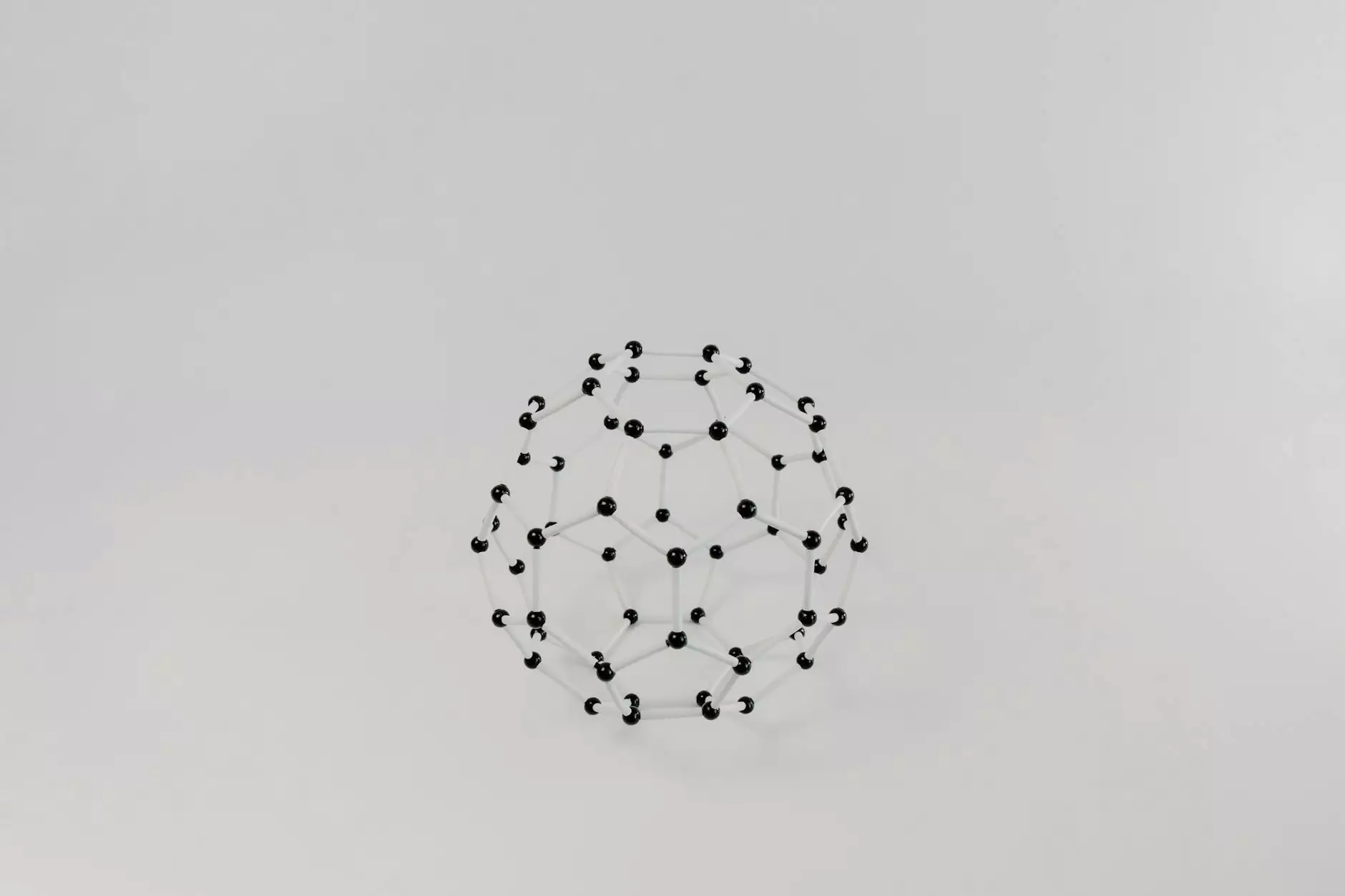The Significance of ROA (Right Occiput Anterior) Position in Pregnancy

When it comes to understanding the dynamics of pregnancy, the positioning of the baby plays a crucial role in the labor and delivery process. One such important fetal position is the ROA (Right Occiput Anterior) that can significantly impact the progression of labor. Let's delve deeper into what ROA presentation entails and its implications for both the mother and the baby.
What is ROA Position in Pregnancy?
The ROA position, also known as the Right Occiput Anterior position, refers to a specific fetal position where the baby faces the mother's sacrum with the back of the baby's head (occiput) positioned towards the right side of the mother's pelvis. This optimal position is considered favorable for a smoother labor and delivery process. Understanding the fetal position is essential for healthcare providers to monitor the progress of labor effectively.
Impact of ROA Position on Pregnancy and Labor
Fetal position ROA can play a significant role in determining the course of labor. When the baby is in the ROA position, it aligns the baby's head with the mother's pelvis in a way that facilitates the baby's descent through the birth canal. This alignment can potentially shorten the duration of labor, reduce the likelihood of complications, and enhance the efficiency of contractions during childbirth.
Furthermore, the ROA labor position is associated with a lower risk of certain complications, such as prolonged labor, fetal distress, and the need for operative interventions like assisted delivery or cesarean section. Healthcare providers often monitor the baby's position throughout labor to ensure that the baby is in the optimal position for birth.
Managing ROA Position During Pregnancy
For expectant mothers, understanding the importance of fetal positioning, including the ROA position, is essential for preparing for a healthy and safe delivery. Certain measures can help encourage the baby to assume the ROA position naturally during pregnancy, such as maintaining good posture, staying active, and using positions that encourage optimal fetal alignment.
Regular prenatal check-ups with healthcare providers can also help monitor the baby's position and make adjustments as needed to optimize the chances of a smooth labor and delivery. In some cases, healthcare providers may recommend specific exercises or techniques to encourage the baby to move into the ROA position.
Conclusion
ROA presentation is a critical aspect of pregnancy and labor that can significantly impact the outcome of childbirth. Understanding the significance of the Right Occiput Anterior position and taking proactive steps to manage fetal positioning can help expectant mothers navigate the birthing process more smoothly and reduce the risk of complications. At Unilevel Studios, we are dedicated to providing valuable information and resources to support mothers-to-be throughout their pregnancy journey.









